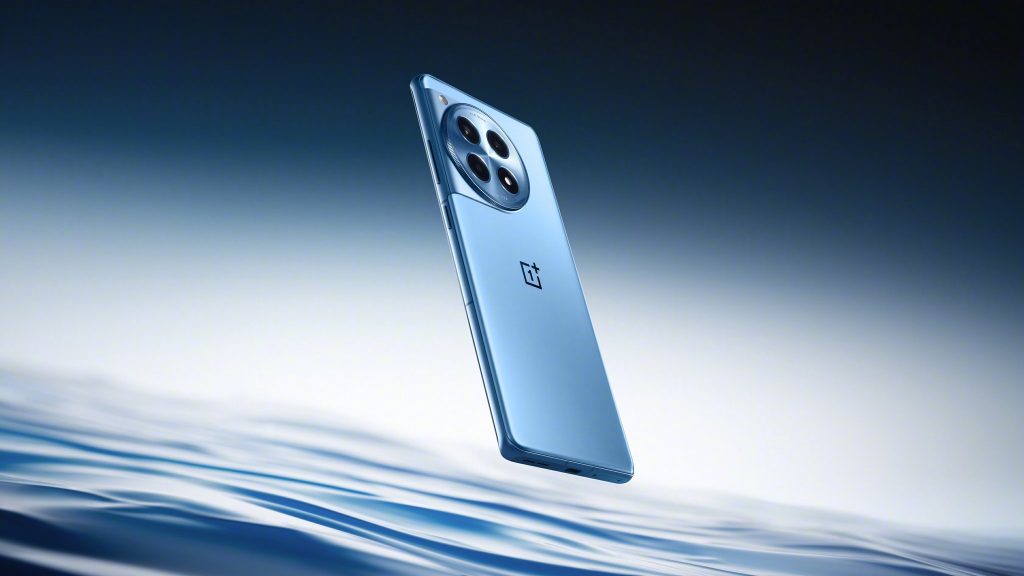The launch of the OnePlus 12R was met with excitement. The phone promised a powerful processor, a sleek design, and, crucially, UFS 4.0 storage, the latest standard offering faster read and write speeds for apps, games, and data transfer. This was a significant upgrade from the UFS 3.1 found in most flagships at the time. However, what unfolded next was a story of confusion, controversy, and ultimately, disappointment for many users.

Launch Hype, Misleading Information & Controversy
On January 23, 2024, OnePlus unveiled the 12R, boasting its features, including the UFS 4.0 storage in all variants. This information was prominently displayed on the official website, product listings, and even press releases. This detail resonated with tech-savvy customers who prioritize performance and value cutting-edge technology.
Shortly after the launch, questions arose regarding the actual UFS version used. Benchmark tests revealed speeds significantly lower than expected for UFS 4.0. Users and tech reviewers expressed concerns, suspecting a discrepancy between the advertised and actual specifications. This sparked outrage, with accusations of misleading marketing and false advertising flying towards OnePlus.
Why UFS Version Matters:
For the end user, the UFS version impacts performance in several key areas. UFS 4.0 boasts significant improvements in read and write speeds compared to UFS 3.1. This translates to faster app launches, smoother multitasking, quicker file transfers, and reduced loading times in games. For power users and tech enthusiasts, these improvements are tangible and contribute to a more responsive and overall superior user experience.
OnePlus Clarifies, But Questions Remain:
On Feb 12, 2024, after weeks of speculation and mounting pressure, OnePlus finally acknowledged the error. In a community forum post, Kinder Liu, President and COO, admitted that due to an “error,” some variants were incorrectly listed as having UFS 4.0 storage. He clarified that all 12R models actually use UFS 3.1, enhanced by their proprietary “Trinity Engine” software.
Does it Matter? The User Response
While OnePlus maintained that UFS 3.1 with Trinity Engine delivers similar performance, many users felt misled. The difference in speed, even if marginal, was crucial to their purchase decision. They argued that the advertised specifications were a key factor in their choice and that the error had a significant impact. Some users demanded compensation or even returns, while others expressed disappointment and a loss of trust in the brand.

Beyond the Hype: A Missed Opportunity
The UFS issue has cast a shadow over the 12R launch. While the phone offered decent performance, the controversy left a sour taste for many potential buyers. It highlighted the importance of transparency and accuracy in marketing, especially for tech-savvy customers who rely on advertised specifications to make informed decisions.
Additionally:
- The issue was further complicated by the fact that the China variant (review here) of the 12R (OnePlus Ace 3) did actually use UFS 4.0 storage, further fueling confusion and frustration among global customers.
- Some users reported experiencing slower performance and app loading times compared to other UFS 3.1 devices, raising questions about the effectiveness of the “Trinity Engine” software.
- The controversy also raised concerns about OnePlus’s quality control and internal communication processes.
Conclusion
The OnePlus UFS saga serves as a cautionary tale for manufacturers. While hype and cutting-edge technology can attract customers, inaccurate information and misleading marketing can damage trust and reputation. The 12R could have been a success story, but the UFS issue left a lasting negative mark on the launch and continues to impact the brand’s image.
RELATED:
- OnePlus 12R now comes with Rs 4,000 exchange bonus apart from bank discount
- OnePlus 12R Sells Out Within Hours of Open Sale in India
- Get the Realme GT5 Pro phone on Giztop for $599
- Xiaomi 13 Ultra Premium Camera Phone is now only $799
- Best Smartphones Awards 2023 – Gizmochina







